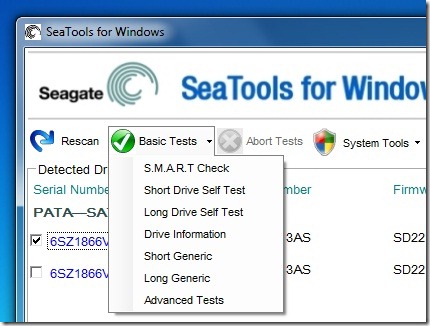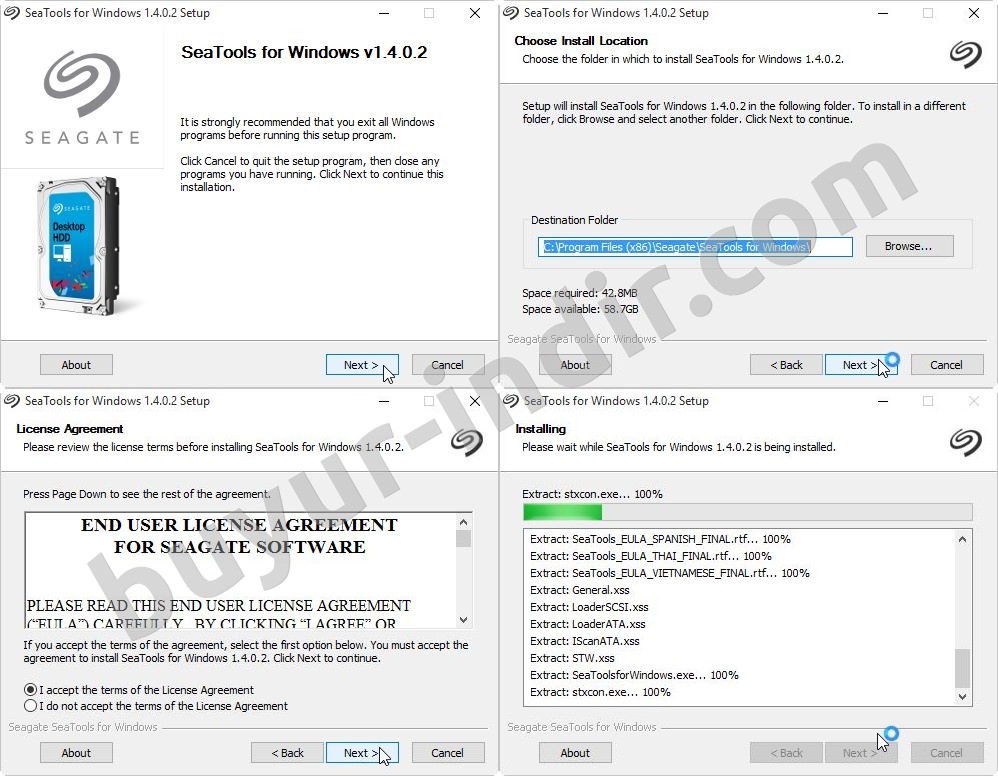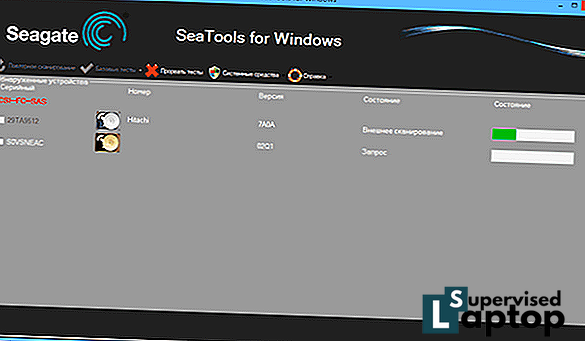

The drive emulates 4K transfers during the handshaking process. First brought to the public’s attention by Western Digital earlier this year, all hard drive vendors are going to be moving to 4K sectors in the near-future to both reduce overhead and increase space, along with bypassing various other hurdles along the way.īut the situation with this drive isn’t quite so simple, because it doesn’t actually use 4K sectors, but rather 512b as usual. With GPT taking care of those problems, another arises… 512 byte sectors.

That increases the chance of data recovery in the case of an accident. There’s also added data security, as the GPT is stored once at the beginning of the drive, and then again at the end. No more is the limit of four primary partitions per hard drive, as GPT can handle up to 128, which I’m guessing is going to be more than enough for most people (I couldn’t imagine dealing with more than 4, much less 128!). GPT brings more to the table than just storage limit increases, though. But again, this will only be the case if you have a motherboard equipped with EFI. Current operating systems, including Windows Vista & 7, Apple’s Mac OS X, and also current Linux distros, can handle GPT booting just fine. The major catch, though, is that the drive will not be bootable, due to the BIOS not looking towards the correct sectors for the boot loader. Though GPT was designed to be used alongside the Extensible Firmware Interface (EFI), a replacement for the traditional BIOS, it can be used with current BIOSes as well.


One massive exception is Apple, as it has been using GPT as the default scheme for the hard drives in all of its Macs sold since first partnering with Intel. This is an Intel-created standard that’s been around since the late 90’s, but hasn’t been used to a great degree up until this point. Believe it or not… a form of a 32-bit limitation strikes again.Ī solution is the GUID Partition Table, or GPT for short. The problem stems from limitations within the Logical Block Addressing (LBA) scheme that’s prevalent in almost all of our hard drives today. The new issue was the simple fact that most computers couldn’t properly see all of the storage space available on a hard drive of more than 2.2TB. After all, storage vendors had to work hard to pack that much storage in the same space, so what would have to be done to increase that by 50%? Well, it became clear earlier this year that simply packing 3TB of space into a hard drive wasn’t going to be the only hurdle. When 2TB hard drives first hit the scene, I began to wonder how much further we’d be able to go with current designs.


 0 kommentar(er)
0 kommentar(er)
